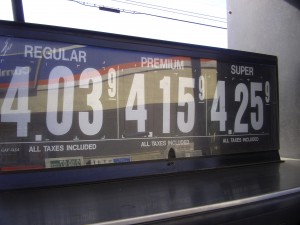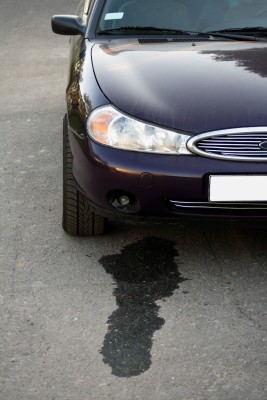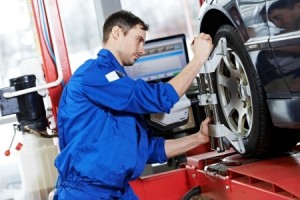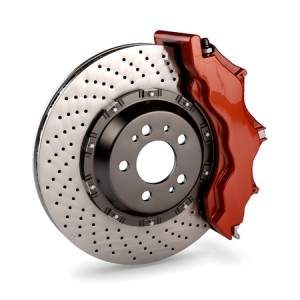5 Ways to Increase Gas Mileage
 With gas prices on the rise, motorists are once again looking for ways to stretch their dollars and increase their gas mileage. To aid in their search, we compiled a list of five ways you can increase your car’s gas mileage.
With gas prices on the rise, motorists are once again looking for ways to stretch their dollars and increase their gas mileage. To aid in their search, we compiled a list of five ways you can increase your car’s gas mileage.
Drive the speed limit – Although you may not get to your destination as fast as you would if you put the pedal to the metal, driving at appropriate speeds will increase your gas mileage. Traveling at 55 mph can increase your gas mileage by up to 21% compared to driving at 65 or 70 mph. Also, traffic lights are designed to keep traffic flowing. Peeling out after a light turns green may be fun, but chances are you’ll have to hit the breaks at the next light. Normal acceleration, combined with obeying the speed limit, will give you the best chance to hit a bunch of green lights in a row.
Know when to buy – You can get more for your money by purchasing gasoline at the optimal time on the optimal day. Studies have shown that gas prices are statistically lowest on Tuesday, as the price often fluctuates a little based on supply and demand. As for the time of day, you’ll want to fill up before it gets hot out. When the temperature rises, the gas at the pump becomes less dense. By filling up early in the morning or late at night, you’ll be getting a denser version of gasoline, which will help your car go farther.
Keep your windows up – You might think rolling down the windows instead of blasting the air conditioning will increase your gas mileage, but open windows still create a large amount of drag. Air conditioners can reduce your fuel economy by 10-20%, but traveling with your windows down on the highway can also reduce your gas mileage by 10%. Open windows are better than air conditioning, but for best results, keep your windows up and the AC off.
Properly inflate your tires – As we documented in a previous post, overinflated or underinflated tires can be detrimental to your car’s fuel economy. Over inflated tires leave you more susceptible to blowouts, while underinflated tires lose their tread more quickly. Properly inflated tires can extend your car’s gas mileage by 3%, which is roughly 12 cents a gallon.
Park smart – When possible, park so that you can put your car in drive the next time you start your car. Shifting from forward to reverse or vice versa requires more gasoline, so plan ahead. Consider pulling through into the next parking spot at the grocery store or parking just before a driveway to ensure no car will be blocking your path forward the next time you get in your vehicle.
Related sources: HowToAdvice.com, Yahoo
-
What is Leaking From My Car?
 Aug 5, 2015
Aug 5, 2015To a car owner, there are few worse feelings than noticing a puddle of liquid underneath your car. Obviously something in your car is leaking, but just how big of a concern is the dripping fluid? Today, we take a look at some of the more common leaks that occur in your vehicle. Common Car […]
-
Common Alignment Issues in Cars
 Nov 6, 2013
Nov 6, 2013Alignment issues can make your daily commute dangerous, as they can cause your car to pull to the right or left. Driving a car on the highway is difficult enough without trying to compensate for a car that seems to have a mind of its own. Below, we discuss some common ways your car gets […]
-
The Benefits of Brake Repair
 Jun 4, 2014
Jun 4, 2014They say that in Minnesota, we really only experience two driving seasons – Winter and Construction. You may prefer one to the other, but something you need during both seasons is a great pair of brakes. Whether the roads are icy or you happen across a pothole repair crew, you’ll want to make sure you […]




